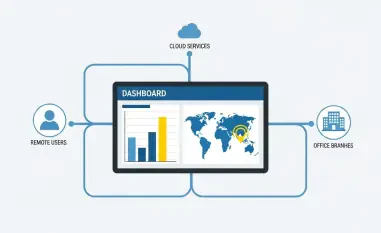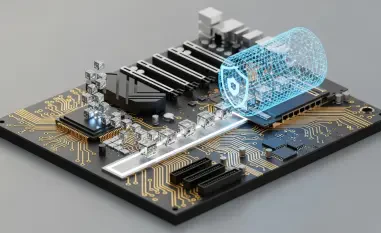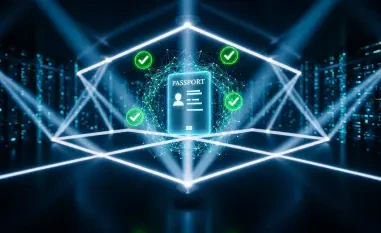The recent discovery of a critical security flaw within Hikvision network cameras, where attackers can intercept Dynamic DNS (DDNS) credentials transmitted in cleartext, highlights an urgent need for robust security measures. With this vulnerability affecting multiple models using outdated firmware, the potential for unauthorized access and manipulation of thousands of devices is highly concerning. Especially troubling is the widespread deployment of these cameras in sensitive locations and critical infrastructure, amplifying the risk of exposure. The exploitation potential is significant, as researchers have found over 80,000 exposed Hikvision cameras across 2,300 organizations in 100 countries. Immediate actions are essential to safeguard against such breaches, ensuring that attackers cannot take advantage of this exploit to compromise security systems.
Understanding the Vulnerability and Immediate Actions
At the heart of this security flaw is the Hikvision cameras’ use of DDNS services like DynDNS and NO-IP, which transmitted crucial credential information over an unencrypted HTTP protocol instead of the more secure HTTPS. This oversight left these credentials vulnerable to interception through man-in-the-middle attacks, allowing unauthorized individuals to gain access to video feeds and potentially disrupt or manipulate security measures. The nature and extent of this vulnerability make it particularly critical for organizations that rely on these cameras for monitoring critical infrastructure or other sensitive areas.
Hikvision’s response has been prompt, involving the release of firmware updates that mandate the use of HTTPS for DDNS services. It is imperative for users to update their firmware immediately, as this is the most direct way to neutralize the threat posed by this vulnerability. Additionally, by implementing these updates, users can ensure that their credential information is transmitted securely, significantly reducing the risk of interception. Organizations must also adopt rigorous password policies, helping to prevent unauthorized access through easily guessable or weak passwords. Strong password protocols should include regular updates, complex combinations of characters, and institutional policies against reusing passwords across different systems or devices.
Network Isolation and Continuous Monitoring
Beyond updating firmware and strengthening passwords, another critical layer of defense against this or similar vulnerabilities involves isolating camera networks from the rest of the organization’s critical assets. Network isolation can be achieved through the use of firewalls or Virtual Local Area Networks (VLANs), which prevent potential attackers from easily navigating between different segments of the network. This approach confines any security breaches to a limited network area, making it more challenging for attackers to impact other essential systems or data repositories.
Consistent and comprehensive monitoring for unauthorized access is another indispensable strategy. By implementing regular monitoring protocols, organizations can promptly identify any unusual activity or attempts at unauthorized access. This can include monitoring access logs, setting up alerts for suspicious behavior, and conducting regular security audits to ensure that all defenses remain robust and up-to-date. The potential for rapid response to detected threats will help mitigate the damage caused by any successful exploitation attempts, allowing organizations to quickly address and neutralize threats before they can escalate.
The Importance of Vigilance in Cybersecurity
In addition to updating firmware and enhancing passwords, another crucial defense strategy against vulnerabilities is isolating camera networks from the organization’s key assets. Network isolation can be established through firewalls or Virtual Local Area Networks (VLANs), which prevent attackers from easily moving between different network segments. This tactic confines security breaches to a limited area, making it harder for attackers to affect other critical systems or data repositories.
Consistent and thorough monitoring for unauthorized access also plays a vital role. By instituting regular monitoring protocols, organizations can quickly identify unusual activity or unauthorized access attempts. This includes monitoring access logs, setting up alerts for suspicious behavior, and conducting regular security audits to ensure all defenses remain strong and current. The ability to respond swiftly to detected threats will help reduce the damage from any successful exploits, enabling organizations to promptly address and neutralize threats before they can escalate.













